Last year, Spark Therapeutics’ gene therapy drug Luxturna joined the ranks of some of the most expensive drugs in the US when its list price was announced at $850,000. While the approval of new, ground-breaking therapies surely contributes to the rising cost of prescription drugs overall, the pharmaceutical industry routinely implements price increases on older, existing drugs.
The question is, do newer or older drugs have a greater influence on drug pricing? This is what researchers from the University of Pittsburgh sought to understand in their study, which was recently published in the journal Health Affairs.
The research team found that price increases on existing branded drugs contributed more heavily to costs in that market segment compared to the launch of newer drugs. For generic drugs and specialty drugs – such as injectable biologics which can be complicated and costly to produce – new products had a larger impact on overall drug pricing compared to older drugs.
“It makes sense to pay more for new drugs because sometimes new drugs are more effective, safer or treat a new disease you didn’t have a treatment for. Sometimes new drugs do bring more value,” said lead author Dr. Inmaculada Hernandez, assistant professor at the Pitt School of Pharmacy. “But the high year-over-year increases in costs of existing products do not reflect improved value.”
Using pharmacy claims data from UPMC Health Plan and drug pricing data from First Databank, Hernandez and his colleagues analyzed changes in the list price of drugs between 2005 and 2016. In all, thousands of drugs were included in the study, with the researchers defining “new drugs” as those that had only been available for three years or less. For generic drugs, newness was defined as the three-year period after the patent for the branded version of the medication had expired.
Over the study period, the price of brand name oral medications increased by an average of nine percent each year. This number was even higher for injectable drugs which experienced price hikes around 15 percent per year.
Annual price increases for specialty drugs like biologics came in between 13 and 21 percent for oral and injectable products. However, unlike branded medications, the launch of new biologics had a greater impact on overall pricing compared to hikes on existing specialty products.
According to Hernandez and others, drugmakers can get away with increasing the price of a medication each year when no generic competition exists for a given products. For example, Sanofi increased the price of their bestselling insulin Lantus by nearly 50 percent in 2014 despite the fact that the drug was approved nearly 10 years prior.
“These types of insulin have been around for a while,” Hernandez said. “Whereas the original patent for Lantus expired in 2015, dozens of secondary patents prevent competition, and it is this lack of competition that allows manufacturers to keep increasing prices much faster than inflation.”
In 2016, amid increasing pressures from government, pharmaceutical companies like Allergan agreed to a self-imposed annual limit of 10 percent for drug price increases. However, Allergan and almost 30 other drugmakers have started 2019 by hiking the price of multiple drugs in a move that’s sure to upset the Trump Administration and others who have been critical of pharma’s pricing practices.


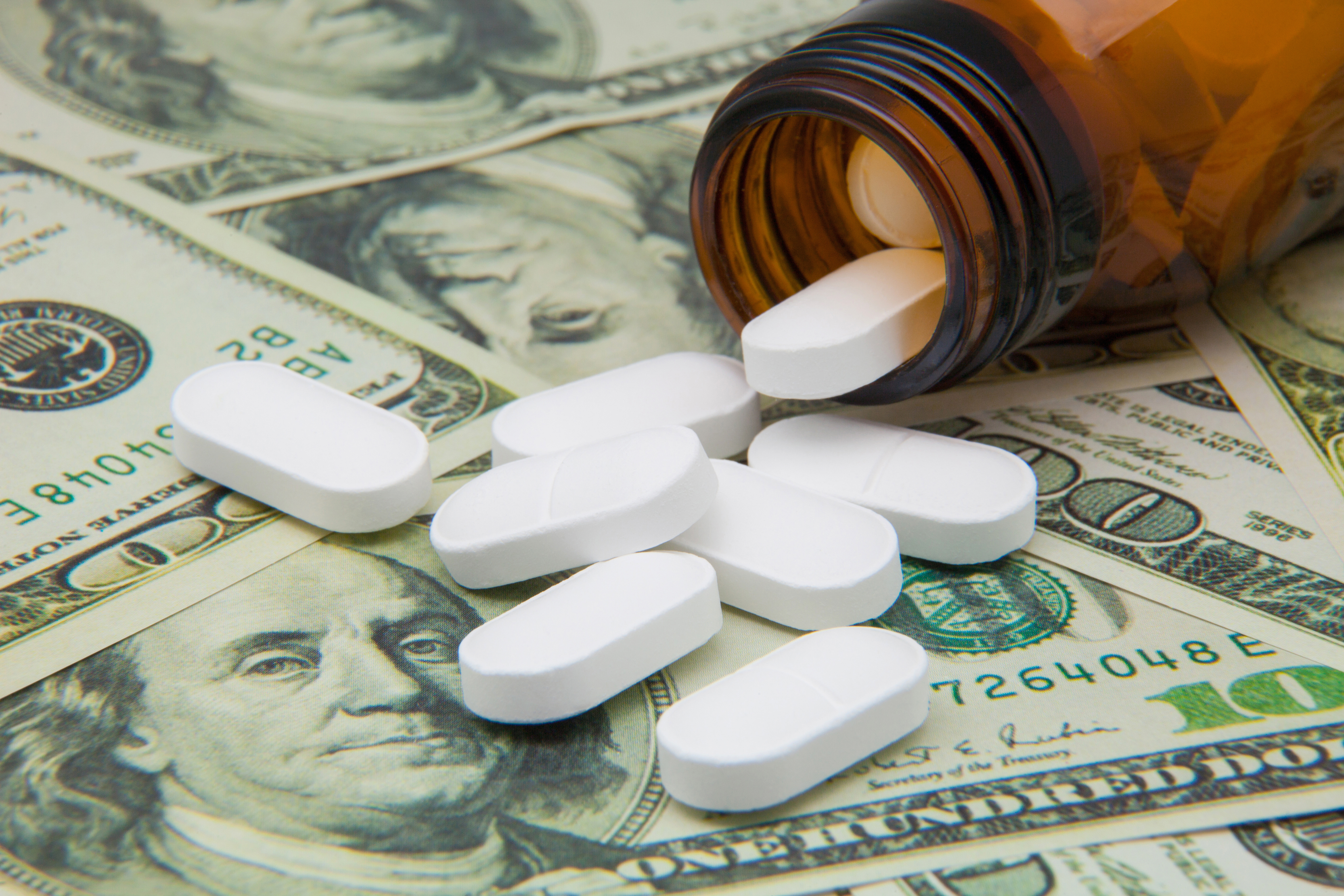
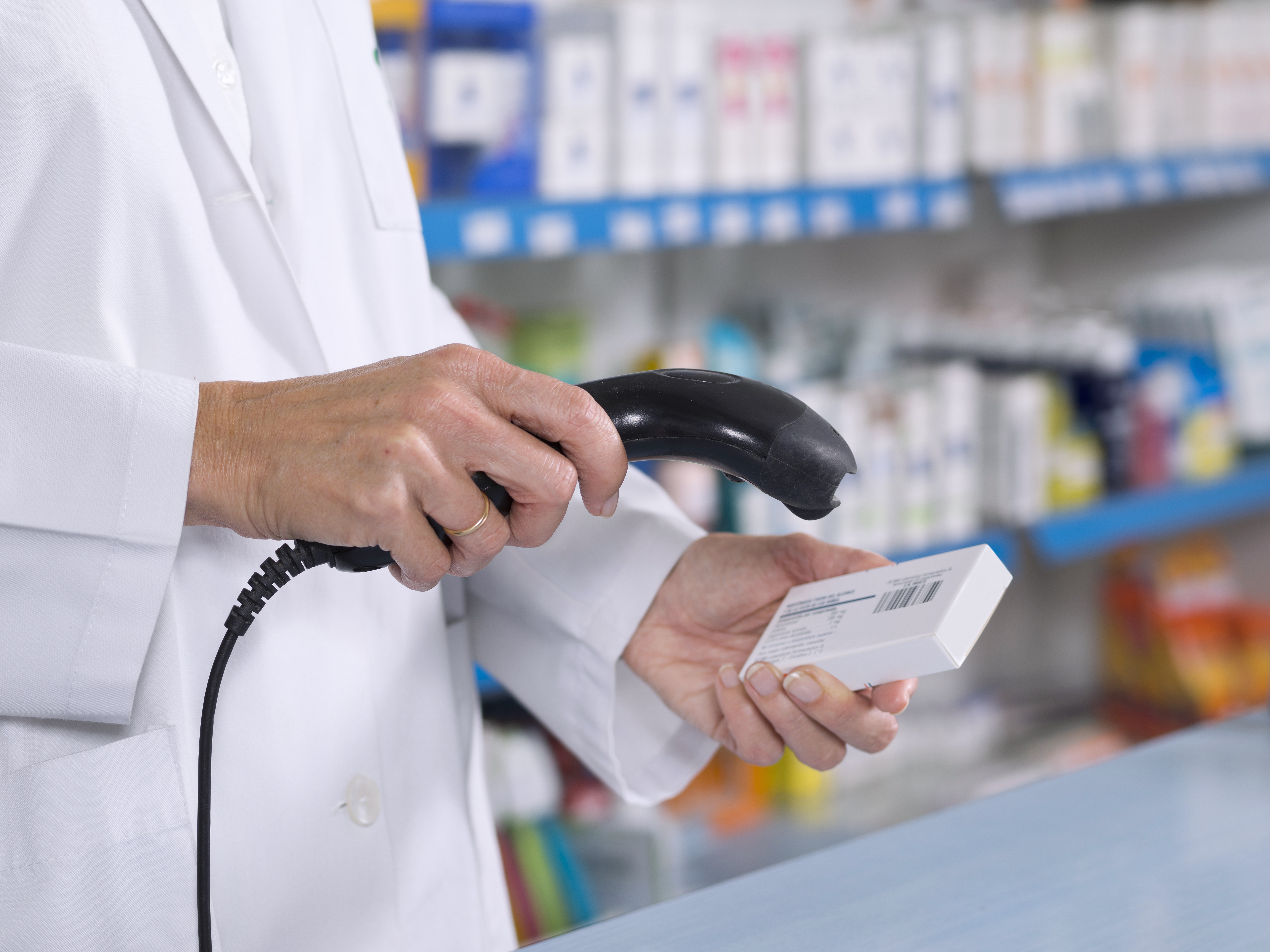
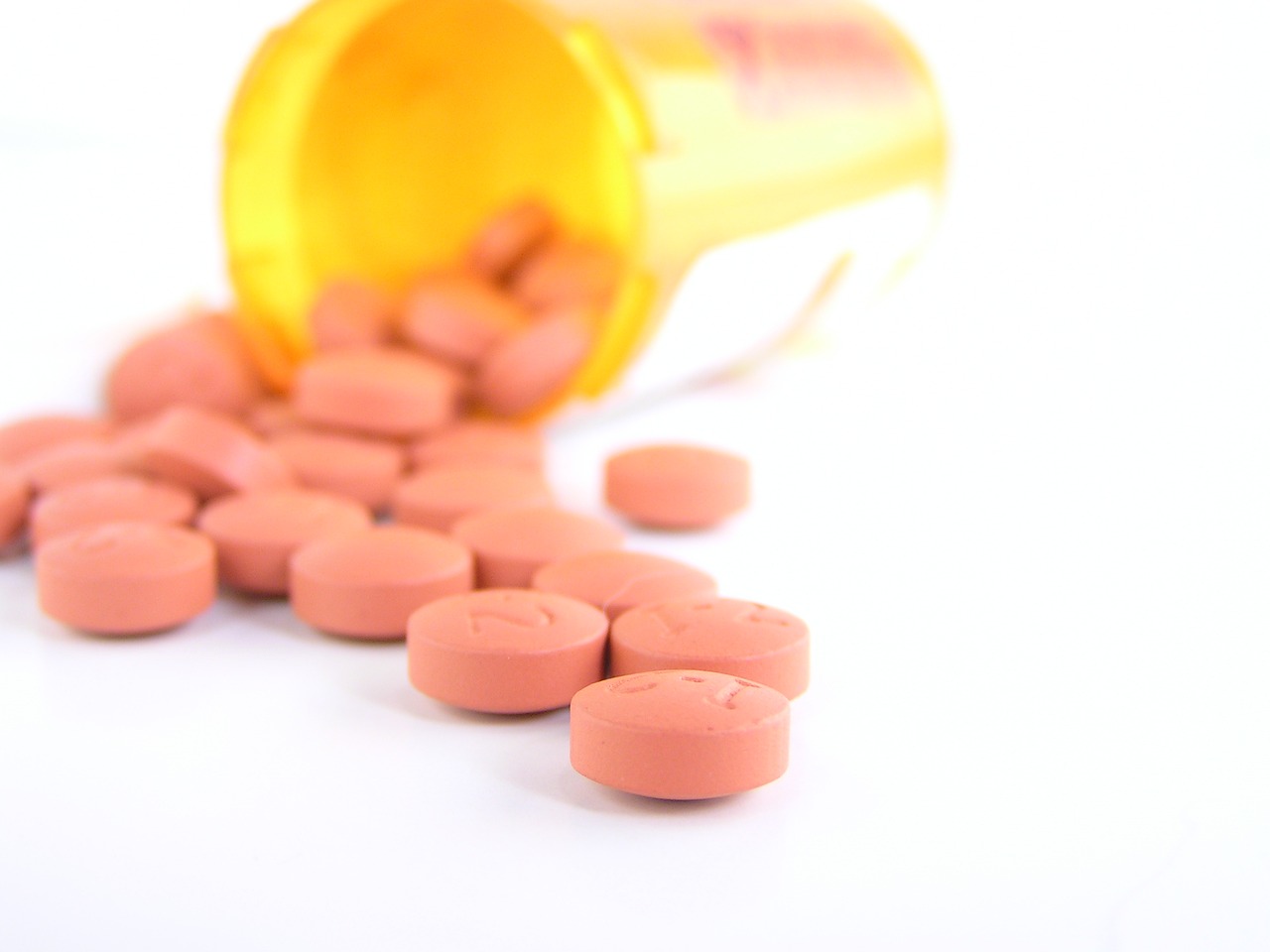
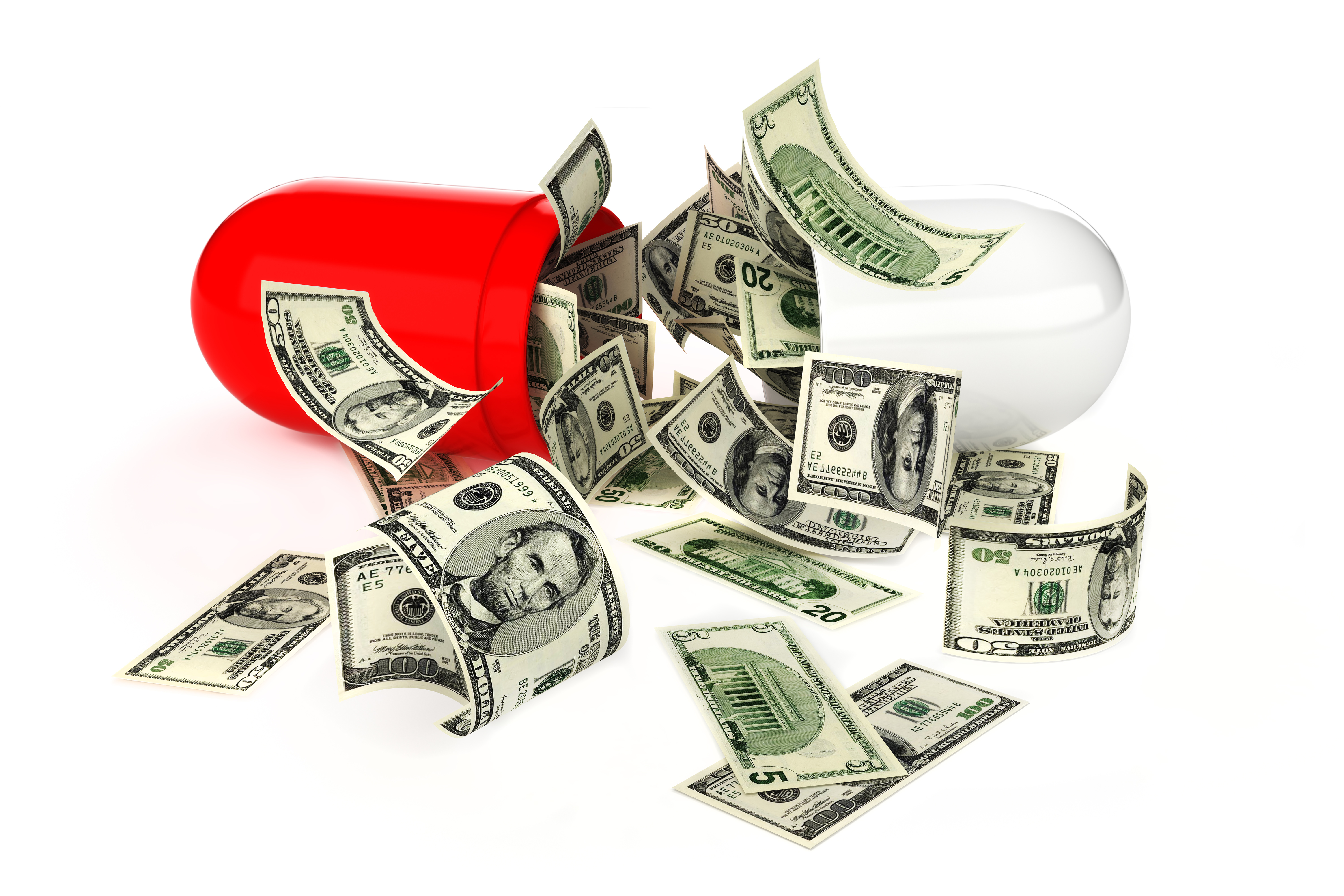
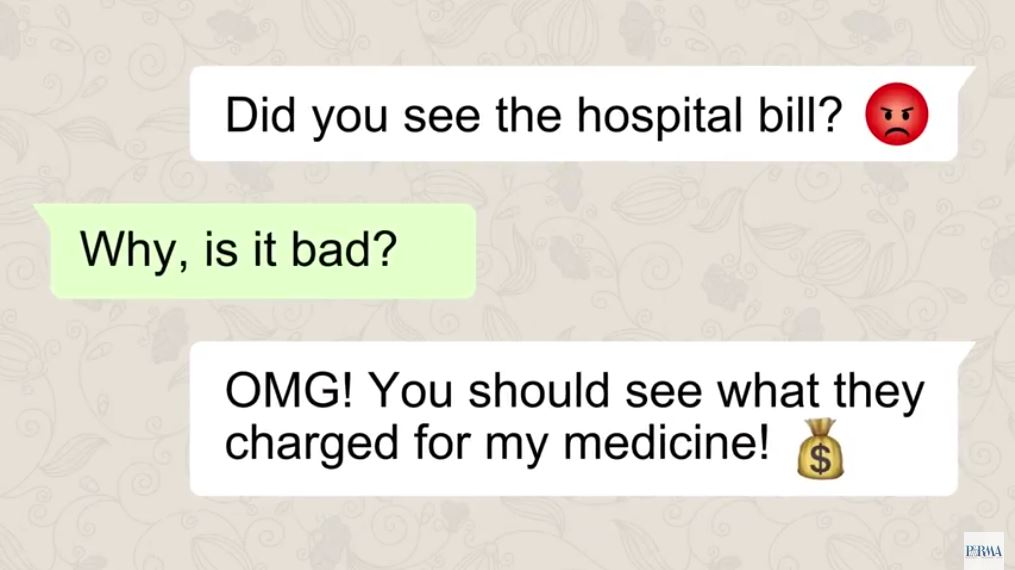





Join or login to leave a comment
JOIN LOGIN